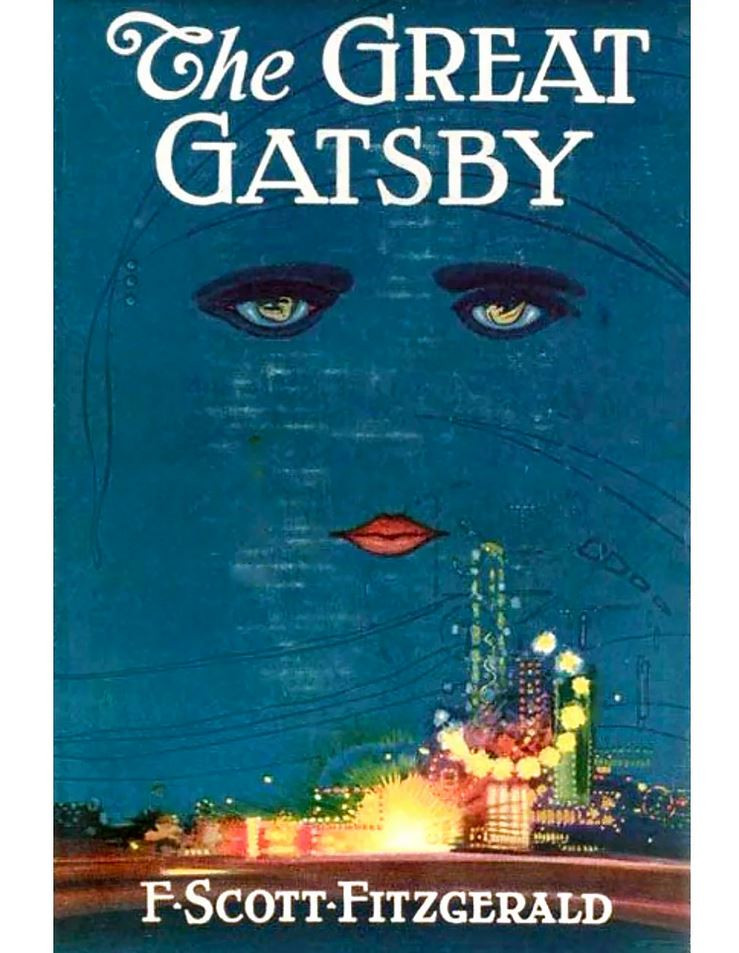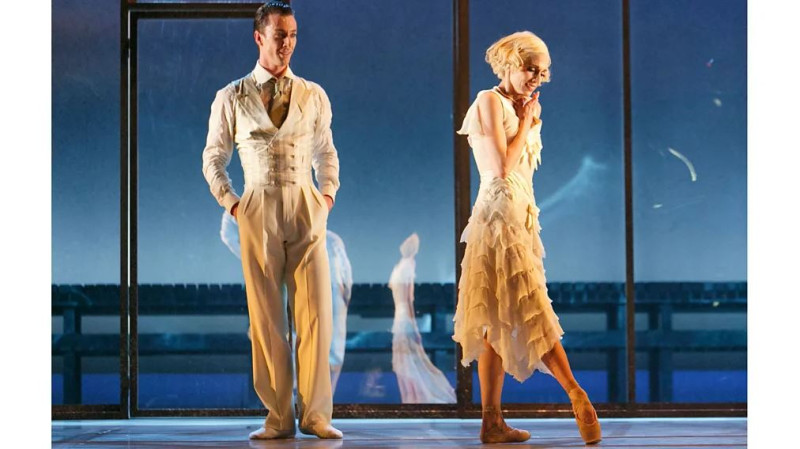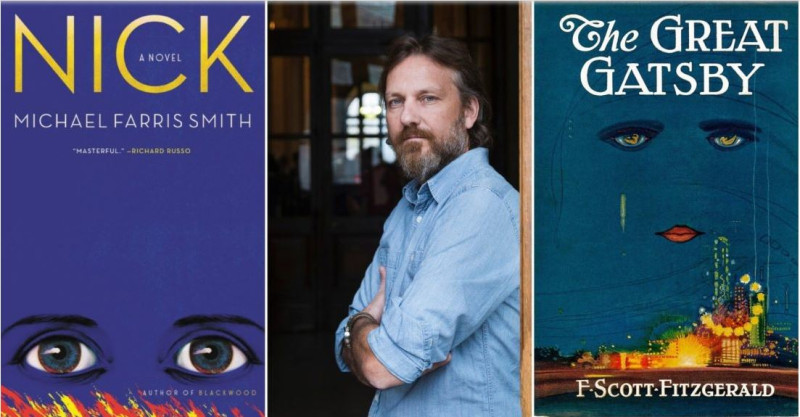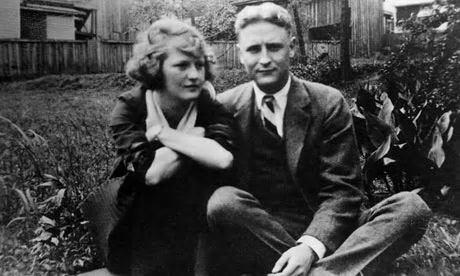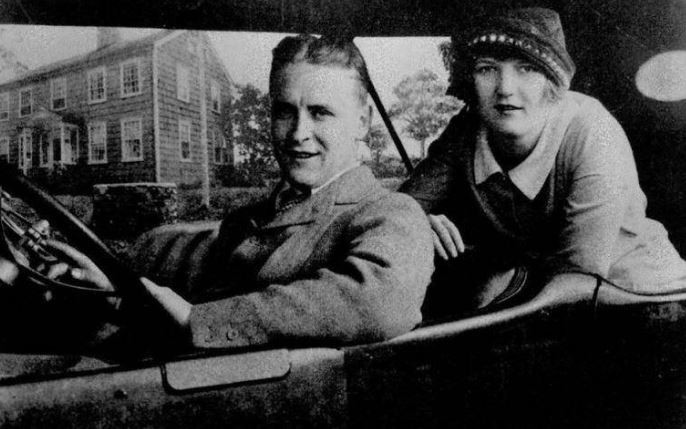The novel is almost identical to parties, wealth, shine and charm – but this is just one of the many misconceptions about the book
Few characters in literature or life incarnated a period as persistently as the Jay Gatsby. It was the time of jazz, the “flapprs”, the illegality and the glamorous superficial euphoria.
Almost a century after the book was written “The Wonderful Gatsby”their romantic character Francis Scott Fitzgeraldit’s now something else.
The ‘Flappers’ They were young women of the 1920s who questioned traditional social norms. They stood out for their short frames, the fancy dresses, the intense makeup, the smoking, the drink in public views, and the mood for independence and fun. They were a symbol of liberation and new female identity.
We were filled with gatsby products
Its name, even today, adorns dozens of goods: hotels, streets, luxury apartments, perfumes, and one can sit on a Gatsby sofa or eat a rich “Gatsby Sandwich” in many street food in America.
No matter how much this last element sounds, to name anything by the name of the man known as James Gatz seems more than problematic. After all, the flamboyant host is only a part of his complex identity. He is also smuggled, tangled up to the neck in criminal operations. If he embodies the potential of the American dream, then he also depicts his limitations: here he is a man, let’s not forget, whose end is intended to be as unnecessary and violent.
Misunderstandings are part of the story of this particular novel from the beginning. Grumpy to his friend Edmund Wilson shortly after the edition of the novel in April 1925, Fitzgerald said he said he “Of all the reviews, even the most enthusiastic, not one had the slightest idea of what the book was about.”.
The novel only made moderate sales, and until the death of the author in 1940, even the second edition had run out on the shelves. Most concluded that the book was another crime story.
When did Gatsby’s luck change
Gatsby’s fate began to change when he was chosen as a gift from the US Army. As World War II was coming to an end, nearly 155,000 copies were distributed in a special edition, creating a new readership overnight. As the 1950s dawned, the flourishing of the American dream accelerated the success of the novel.
Since then it has become such a strong power in pop culture that even those who have never read it feel like they have read it, with the help of Hollywood, of course. It was in 1977, just years after Robert Redford starred in the lead role of a cover in a script by Francis Ford Coppola when the word first was recorded ‘Gatsbyesque’.
Along with the divisive cinematic overproduction of Baz luhrmann In 2013, the book has “gave birth to” graphic novels, a stunning theatrical experience and a television film aired in 2000, with Paul Rudd, Toby Stephens and Mira Sorvino. And since the copyright of the novel ended in 2021, allowing anyone to adapt it without permission, Gatsby’s industry has “exploded”: from Broadway to what one might imagine …
The idea for a Muppet Gatsby may not get flesh and bones (still), but new versions of the book are growing. The American writer Michael Farris Smithfor example, wrote “Nick”, a novel focusing on the narrator of original story, Nick Carraway.
Smith explains that as a teenager he did not understand the depth of the book. Only when he read it again, after his 20th year, he began to feel his power. Nick, a Veteran of World War I, returned to America confused and distant, something that, according to Smith, explains his coldness and observation at Gatsby.
Professor William Cainexpert in American literature and professor at Wellsley College, highlights the importance of Nick: as a first person narrator, he filters us Gatsby through his personal ambiguity. In other words, we not only see Gatsby, but we see Gatsby as Nick sees him, with admiration and contempt.
A unparalleled dream
The education system, according to Professor William Cain, contributed to the superficial reading of the book. And this is because it focuses a lot on the symbols – the green light, the car – but it loses the linguistic and psychological complexity of the work.
The dream that Gatsby embodies seems “meteor” or unrealized. As possible as ambition, social inequality – invisible but absolutely real class boundaries – make success implicitly. The author’s message is hard: Many sacrifice everything for a dream that was never possible.
Her newly published novel Jane Crowther, ‘Gatsby’updates the plot in the 21st century and reverses sexes to present a female Jay Gatsby and a male Danny Buchanan. It is also worth remembering that copyright never had anything to do with the impact of the words they govern.
The work has other dark sides: the racist language and the limited depiction of female characters. Perhaps the biggest power of “The Great Gatsby” may be his ability to change with us. As Smith says: “It’s a novel that will always evolve in my mind and always change based on who I am. This is what the big projects do. ”
The life of Francis Scott Fitzgerald
The author’s life is a tragic example of the two -sided American dream: the joys of love, wealth and success, and the tragedy that is intertwined with extremes and failure.
Born in 1896 in the Saint Paul of Minnesota in a Catholic and Wealthy family, he began writing from a very early age. When the US entered the war in 1917, he ranks into the army, serving his two -year term in America, and knows Zelda Sear, who refuses to marry him for lack of money. In 1920, however, his first novel (“This Side of Paradise”) was released that will be a great success. His marriage to Zelda is done immediately.
Fitzgerald, a professional writer, also collaborates with various magazines, a collaboration that would be profitable if the couple’s expenses were not increased due to their luxurious lives. Fitzgerald’s second novel, “The Beautiful and the Damned”, describes exactly a couple living in tenderness and hedonism. Shortly after the birth of their only child, his most important novel, “The Great Gatsby” will be released.
Wasting life, constant movements (traveled from city to city in Europe and stayed in eight US states), as well as the stormy relationship of Fitzgerald burdened the health of both: Fitzgerald had a more serious problem of alcoholism and more serious alcoholism.
However, Fitzgerald managed to finish and publish in 1934 his fourth novel, “Tender Is the Night”, which finds autobiographical elements. It is also a time of failure or multiple failures. Fitzgerald died in 1940, he was 44 years old, from a heart attack. Although in his time he was mainly known as an eccentric drunken and incarnate of the exaggerations and extremes that characterized the jazz era, the imprinting of this era in his works and his undeniable talent today are worthy of a special place in the pantheon.
Source :Skai
I am Frederick Tuttle, who works in 247 News Agency as an author and mostly cover entertainment news. I have worked in this industry for 10 years and have gained a lot of experience. I am a very hard worker and always strive to get the best out of my work. I am also very passionate about my work and always try to keep up with the latest news and trends.


